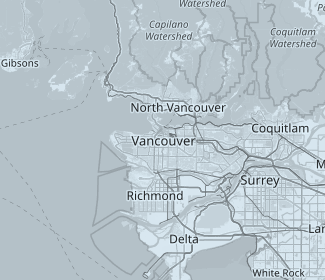

⚠️ ** Fallback** ⚠️ 🗂️ Page Index for this GitHub Wiki $ godoc -http=:6060 -goroot= the path to your target package (most likely in the form /Users/USER_NAME/go/src/directory/organization/repository) Useful References If you'd like to see details godocs online, you can run a godoc server locally by executing the following command in the command line/terminal: In Go language, you are allowed to compare two maps with each other using DeepEqual() function provided by the reflect package. It is widely used because it provides fast lookups and values that can retrieve, update, or delete with the help of keys. These are just two examples of how you could manipulate the godoc output to fit your needs. Golang Maps is a collection of unordered pairs of key-value. DirectoryA You could write it to a file:

Let's say you want the godoc for a directory called DirectoryA. Luckily, Godoc does all the hard work for you- you just have to write well-documented code! Get your godocs locally This tips & tricks section is especially helpful if you want to really refine your godocs and produce top-quality documentation. You can make high-quality godocs if you do things right. In order to create the best documentation you can, you'll want to follow the standards you see on Golang Blog and GoDoc. If you want great documentation, you need to write great comments! Godoc is only as useful as you make it! This means the more meaningful and useful comments you have, the better your godocs will be! You can quickly navigate to our godocs below: We encourage everyone to begin using pkg.go.dev today. During this migration, updates will be posted to Go issue 43178.

This will happen in early 2021, once the work tracked at the pkgsite/-redirect milestone is complete. For all the details on Golang documentation, check out both the Golang Blog and GoDoc sites. The next step in this migration is to redirect all requests from to the corresponding page on pkg.go.dev. Godocs are a great way to document your Go code.


 0 kommentar(er)
0 kommentar(er)
